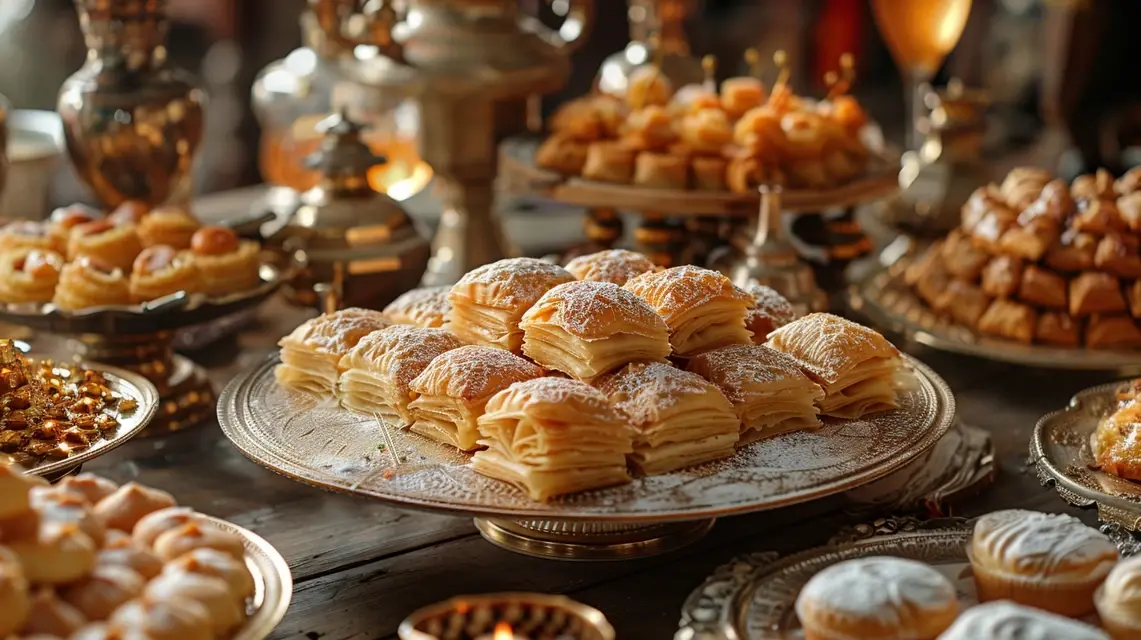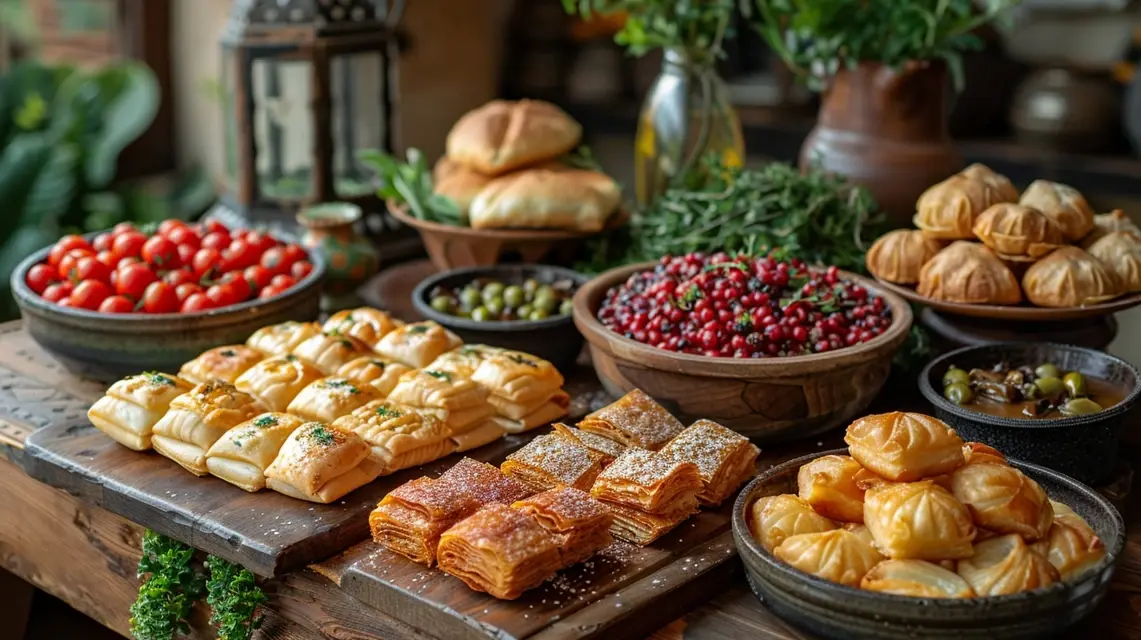Kataifi Traditions Across Middle Eastern Tables
The Middle East is known for its rich culinary traditions, where desserts play an essential role in family gatherings, religious celebrations, and hospitality. Among these sweets, kataifi holds a unique place. With its delicate shredded pastry and syrup-soaked layers, kataifi is cherished across Middle Eastern tables as a dessert that reflects culture, connection, and celebration.
The Roots of Kataifi in Middle Eastern Cuisine
Kataifi’s origins are closely tied to the Levant and the wider Eastern Mediterranean. While often associated with Greek cuisine, kataifi has deep connections in Middle Eastern kitchens, where it is prepared in ways that reflect local flavors and traditions. From Damascus to Beirut, and Cairo to Amman, kataifi has become a symbol of shared heritage.
A Dessert for Celebrations
In the Middle East, kataifi is often prepared for festive occasions such as Ramadan, Eid, weddings, and family gatherings. Its sweetness marks moments of joy and gratitude, while its elaborate preparation signifies the care and effort put into honoring guests and loved ones.
Regional Variations of Kataifi
Different Middle Eastern countries have adapted kataifi to suit their unique culinary traditions:
- Lebanon: Often flavored with rose or orange blossom water, highlighting the floral notes beloved in Lebanese desserts.
- Turkey: Known as “künefe” when combined with cheese, creating a savory-sweet balance that delights locals and visitors alike.
- Egypt: Blended into puddings and layered desserts, sometimes enriched with clotted cream for added richness.
- Syria: Traditionally filled with pistachios or walnuts and prepared in large trays for sharing.
Kataifi and Hospitality
Hospitality is central to Middle Eastern culture, and kataifi often embodies this value. Offering guests kataifi during celebrations or family visits is a gesture of warmth and generosity. Its presentation, golden and syrup-glazed, adds elegance to any table, making it a centerpiece of gatherings.
Handmade Traditions
In many households, kataifi preparation is still a family activity. Women often gather to prepare large quantities before special events, ensuring plenty to serve and share. These communal moments reinforce cultural ties and keep culinary traditions alive across generations.
Kataifi’s Enduring Place in Middle Eastern Culture
Even as modern bakeries introduce innovative variations, the essence of kataifi remains unchanged across the Middle East. It continues to serve as both a sweet indulgence and a symbol of cultural identity, connecting families to their history while adapting to contemporary tastes.
Conclusion: A Dessert That Unites
Kataifi’s journey across Middle Eastern tables reflects the power of food to unite, celebrate, and preserve tradition. Whether filled with pistachios, paired with cheese, or flavored with floral syrups, kataifi remains a beloved part of Middle Eastern culture, honoring the past while embracing the present.
Related reading: For more cultural dessert insights, visit our Kataifi Dessert Traditions section.




